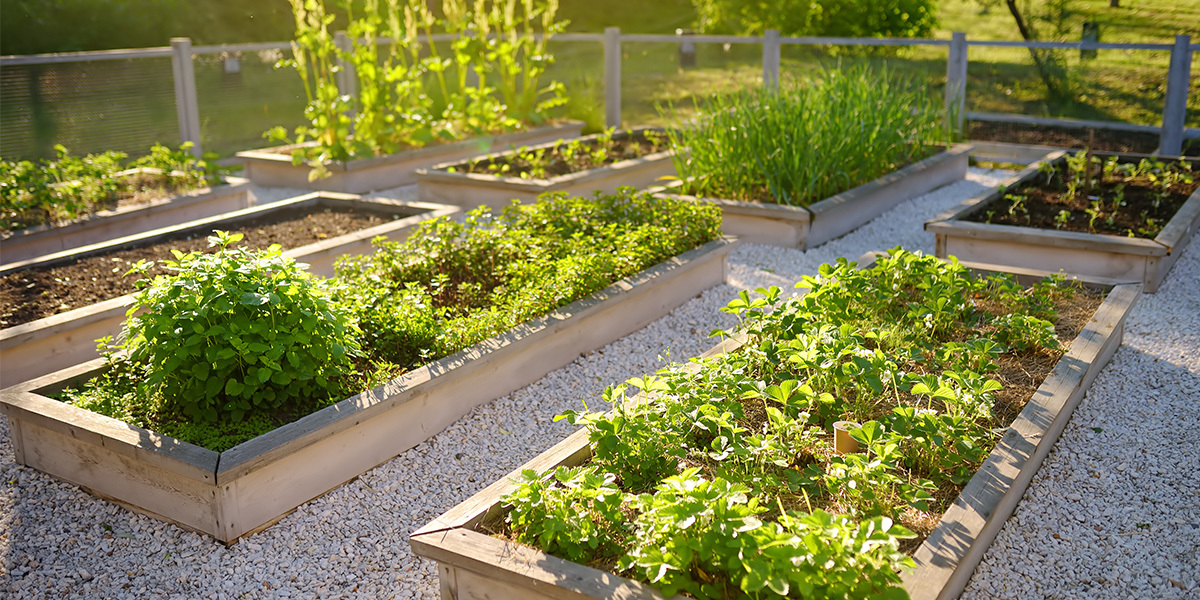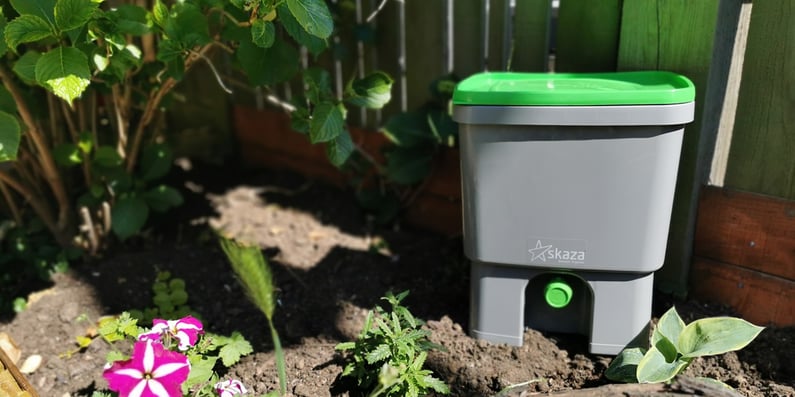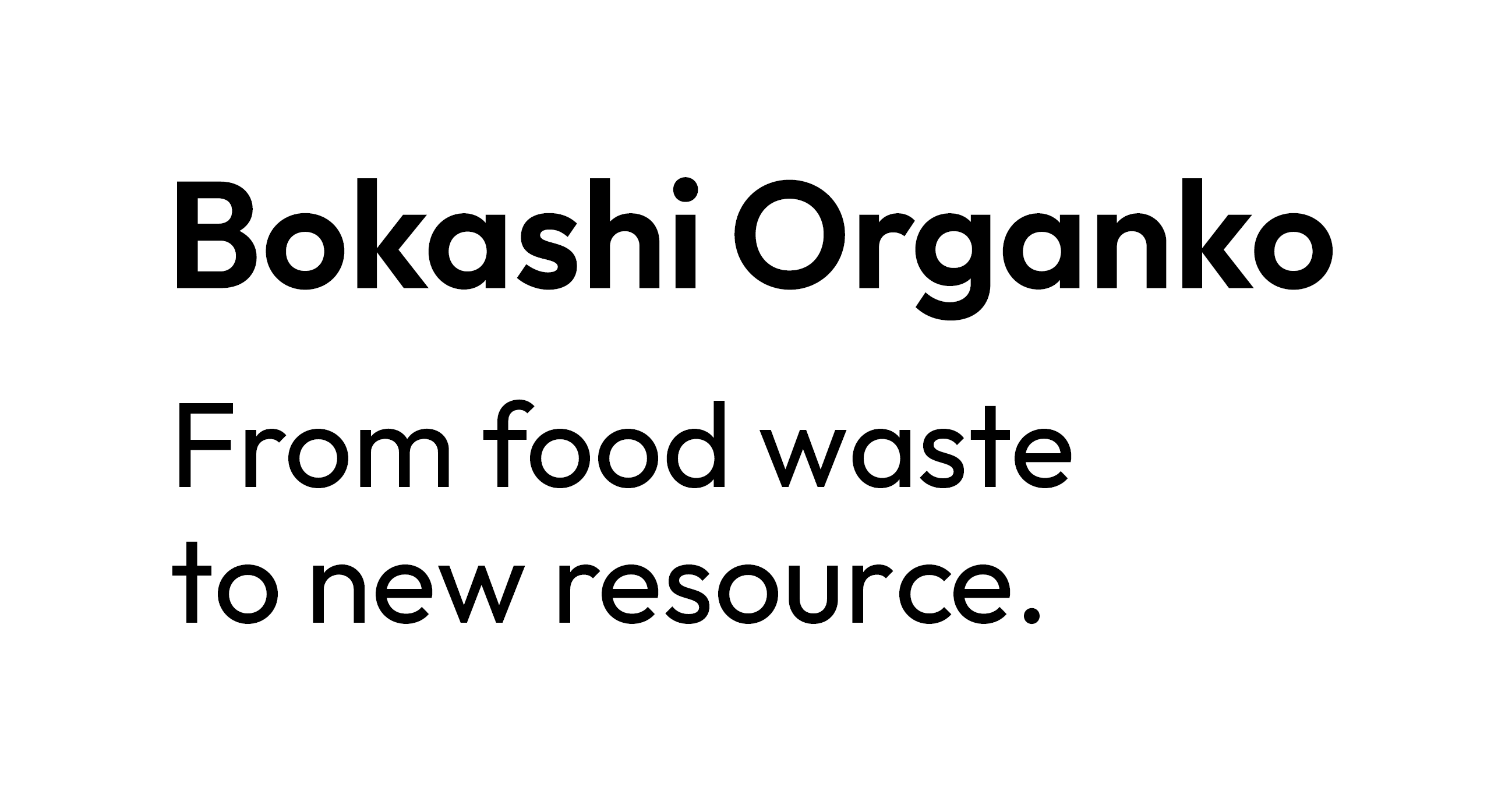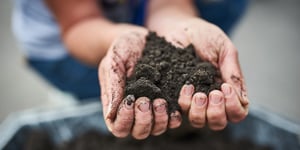Another World soil day (WSD) is here, which gives us all a great opportunity to express gratitude for this amazing resource that provides us with support, food, and so much more. However, unfortunately, the majority of us take it for granted and know very little about how to ensure healthy and active soil. Moreover, even many farmers, who are supposed to be experts on this topic, tend to use synthetic substances and end up exploiting the soil. As such, let’s make this World soil day count, shall we?
Let’s Make Everyday World soil day
While World soil day is a great way to remind ourselves of the importance of soil and use it to spread awareness, our daily actions throughout the year must be aligned with what is best for the soil, and thus for our planet. Unfortunately, ever since the birth of synthetic fertilizers, pesticides, and GMOs, agriculture has been heavily exploiting soil all over the planet. Of course, there are some bright examples of generative agriculture being applied, yet many large-scale farmers still focus on harmful methods, mainly due to focusing on the short-term profits. As a result, soil in all developed countries is predominantly heavily depleted of nutrients. Such soil is not able to produce high-quality crops; moreover, it is not capable of capturing CO2 efficiently. And since CO2 is the main greenhouse gas responsible for enhanced global warming, proper soil management plays a very important role in combating this global problem.
Luckily, the solutions are not all that complicated. Sure, the initial change is always hard since people are resistant to change; however, in the long run, we all come out on top if we do the right thing - what’s good for the planet is also good for our health. By focusing on regenerative agriculture, we ensure that soil is at its best, which results in it capturing huge amounts of CO2 and also delivering nutrient-rich crops. All in all, regenerative agriculture ensures that all indicators (chemical (pH, macronutrients, micronutrients), physical (aggregate stability, available water capacity, soil compaction), and biological (soil microbial protein, active carbon, organism matter, respiration)) of healthy soil are met.
With that in mind, we invite you to check out some of the most important tips on how to ensure healthy and active soil that everyone should know about, especially farmers and environmentally-conscious individuals.

World soil day Tips for Healthy and Active Soil
It is important to note that every farm is different, especially in different parts of the world. However, certain general principles should be applied everywhere. Thus, let’s look at the six fundamental principles that farmers should follow to build healthy soil, increase biodiversity, enrich the soil, restore watersheds, and enhance ecosystems services:
- The concept of least disturbance - Plowing the soil has become so common that the majority of farmers have no idea that it should be avoided. In addition to avoiding plowing, farmers should also abstain from using harmful chemical amendments.
- The concept of living root - It is important to keep living roots in the ground year-round (or for as long as possible) to provide a steady source of food for macro and microorganisms in the soil. In turn, soil microorganisms help in many ways. They help prevent soil erosion, increase water infiltration rates, and provide plants with key nutrients.
- The concept of soil armor - It is also very important to keep the soil covered. While living plants are the most obvious solution, trampled or dead plant material also works great. This reduces erosion and helps keep the soil cool by lowering its temperatures.
- Increase biodiversity - It’s been proven that growing a diversity of plants helps cultivate nutrient-dense soil, increase soil carbon, and reduce the risk of pests and diseases.
- The concept of animal integration - It is important to include animals in farming systems. That’s the way to close the nutrient loop and reduce the need for imported fertilizers. Of course, not all species are right for every farm; thus it’s essential to integrate the right species for each farm’s unique ecosystem and climate.
- The concept of context - Context is key since no two farms are alike. Every farmer needs to find the right path for their farm to transition to regenerative agriculture successfully. Their types of crops, livestock, environment, and funds must all be considered to establish a holistic framework.

World soil day and Composting
Why compost? Composting is one of the most important aspects of regenerative agriculture and thus the establishment of healthy and active soil. Aside from improving the soil, it simultaneously offers the best way to handle bio-waste responsibly and keep it in the loop. Thus, we should all compost our kitchen waste and other organic material whenever possible. Even if we don’t have a farm, we should work towards finding a way to make our compost or pre-compost mass (t.i. Bokashi cake) available to local farmers.
Moreover, while aero composting may be a great solution for people with larger outdoor surfaces, it is not the best option for indoor composting. Among all the different ways of composting, Bokashi composting, or should we say Bokashi fermentation, is the most practical solution for every one of us to contribute to responsible organic waste management. By using a high-quality indoor composter, such as Bokashi Organko, you get to convert your bio-waste into a nutrient-rich soil builder inside your kitchen. Moreover, as a side product, you get a natural drain cleaner and a great organic fertilizer (Bokashi liquid). With that in mind, use this year’s World soil day to start your indoor composting.
On World soil day: How to Ensure Healthy and Active Soil - Parting Thoughts
First, we’d like to thank you for caring for the soil and our planet. We know that living a sustainable lifestyle requires quite a lot of discipline, devotion, time, and commitment.; however, it is also the right thing to do. Thus we thank you for your contribution to making our planet greener and the soil healthier, not only on World soil day but every day. Thank you!
Moreover, let’s use this year’s World soil day to raise our cumulative awareness and to commit to implementing required action steps to ensure healthy and active soil throughout the year. Furthermore, we recommend (re)watching the Kiss the Ground documentary by Woody Harrelson today. For one, it definitely is the most appropriate thing to watch on World soil day.


